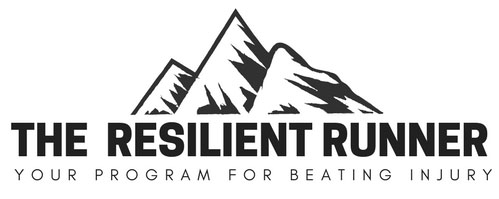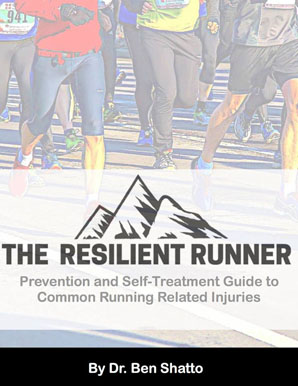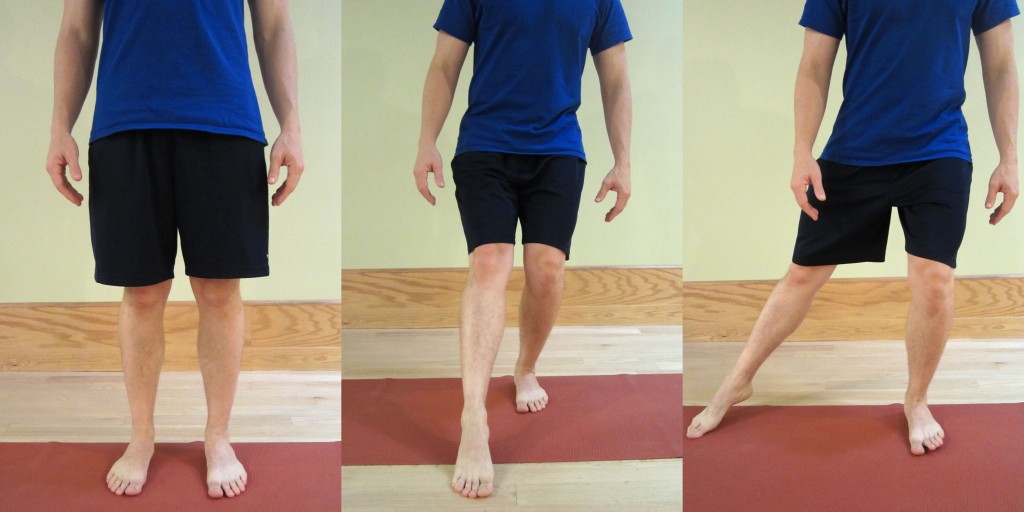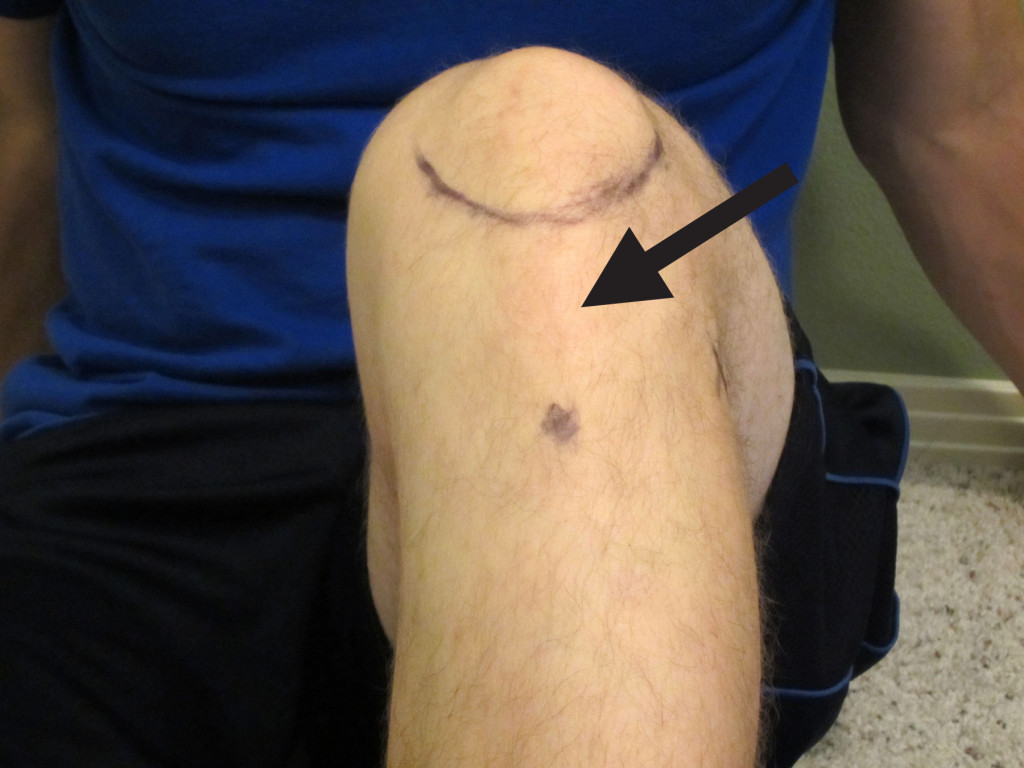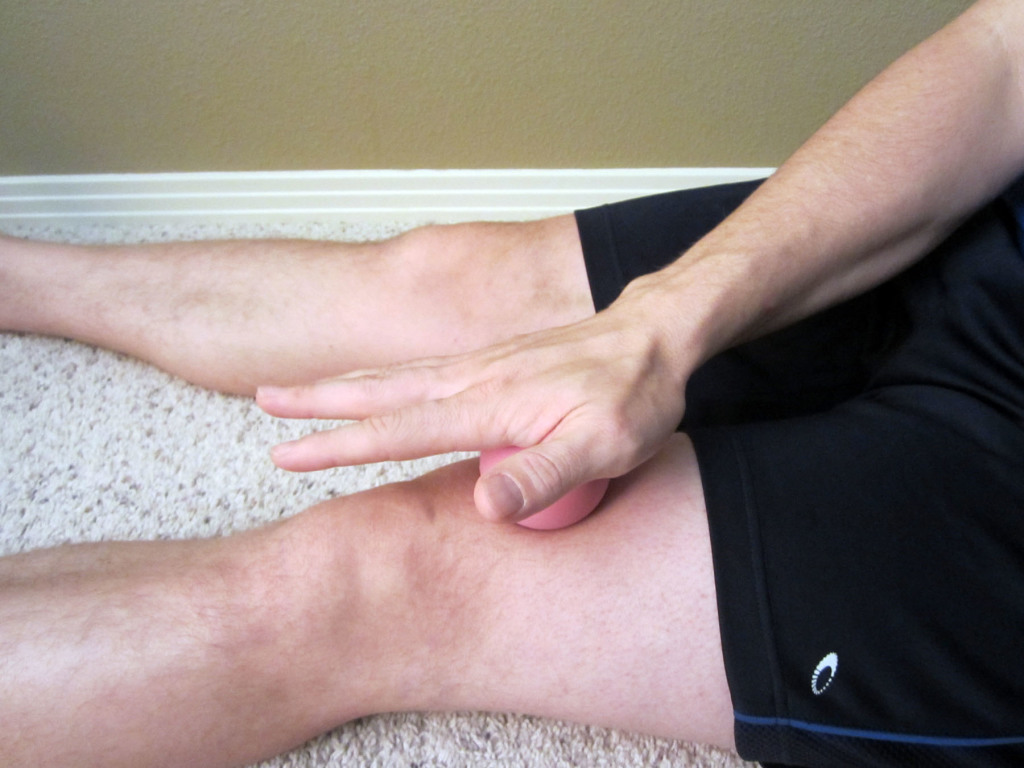Proper rotator cuff and scapular muscle strength is critical to treating shoulder pain. In this video, I demonstrate one of my favorite rotator cuff strengthening exercises by using an exercise band. It works both the lower trapezius and rotator cuff.
The rotator cuff is a critical component to shoulder mobility. It’s made up of four different muscles whose job is to make sure that the ball of the humerus (arm bone) rotates, slides, and glides properly in the socket, which is made up of the scapula. The rotator cuff allows the other major muscles of the arm, such as the deltoid and Latissimus dorsi (lats), to properly perform their movements.
When there is weakness or dysfunction, it will cause rubbing of the muscle tendon on the bone–leading to impingement or eventually fraying and tearing. With proper muscle strength and balance you can help reduce the risk of this occurring.
Shoulder impingement or a partial rotator cuff tear can be very painful and may take many weeks to recover. Many different causative factors can lead to these conditions. In most cases, shoulder impingement (or even small partial tears) can be completely rehabilitated and should (when treated properly) leave no residual effects once a person has recovered. For more information on how to address shoulder impingement, please refer to How Should I Treat Shoulder Pain and Impingement?
In addition to proper rotator cuff strength, it’s important to address adequate shoulder and thoracic (upper back) mobility. Be sure to check out My Top 8 Stretches to Eliminate Neck, Upper Back, and Shoulder Pain. By subscribing to my e-mail list, you will automatically gain access to this FREE resource. Download the .pdf file, which is full of photos and exercise instructions, to get started!
Shoulder pain can be debilitating by limiting your ability to exercise and perform daily tasks. Be proactive in your care and management. If you continue to experience pain, seek additional help. Don’t let the pain linger. The longer a condition is left untreated, the more potential for harm and damage which potentially could lead to a longer recovery. The American Physical Therapy Association (APTA) is an excellent resource for learning more about physical therapy as well as locating a physical therapist in your area.
Which treatments have you found to be the most effective in dealing with shoulder pain? Additional discussion can help others to manage his/her pain. Please leave your comments below.
If you have a question that you would like featured in an upcoming blog post, please comment below or submit your question to contact@thePhysicalTherapyAdvisor.com. Be sure to join our growing community on Facebook by liking The Physical Therapy Advisor!


